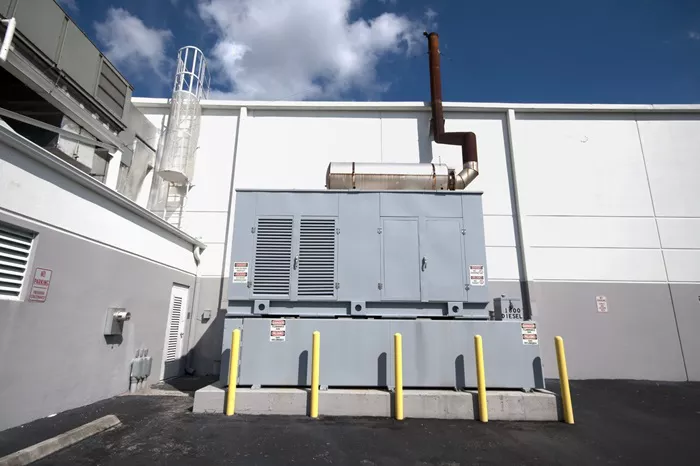South Australia (SA) has received approval from the Australian Energy Market Commission (AEMC) to temporarily change regulations and ensure that two diesel-fired generators remain available for backup power during the summer months.
Background
In a bid to safeguard the state’s electricity supply, especially during peak demand or extreme weather, the state government requested that the Australian Energy Market Operator (AEMO) be given the authority to direct the capacity of two mothballed generators—Snuggery (63MW) and Port Lincoln (75MW)—back into service. This decision follows French utility Engie’s plan to shut down these generators last year, which raised concerns over the state’s power supply.
The approval allows these generators to remain operational until March 31, 2025, ensuring that the state will have additional backup reserves when needed. The AEMC highlighted that South Australia’s reliance on renewable energy sources, particularly solar and wind, makes it vulnerable to supply shortages without sufficient backup capacity, especially during extreme weather events.
South Australia’s Energy Landscape
South Australia has a high dependence on renewable energy—around 72% of the state’s electricity consumption was from solar and wind power last year. However, with the closure of its last coal-fired power plants in the past decade, the state’s energy system has become increasingly reliant on these intermittent renewable sources.
Additionally, the state’s electricity grid is connected to Victoria through a single transmission link. This connection can be vulnerable to damage or disruptions, especially as the new 800MW EnergyConnect link to New South Wales is still under construction and has been delayed until 2027.
While gas currently supplies about 24% of the state’s electricity, the grid remains susceptible to reliability issues if the renewable energy output drops or if the Victoria connection is compromised. The AEMC’s decision to approve the backup diesel generators aims to provide a buffer during periods when renewable generation is insufficient or grid connections are strained.
Economic and Political Considerations
Despite the need for additional backup power, the use of diesel generators has its downsides, primarily the cost of maintaining fossil fuel-based backup generators, which are more expensive compared to renewable energy sources. With renewable energy becoming more dominant in the grid, governments face a difficult choice between subsidizing fossil fuel power plants or risking potential blackouts and economic damage due to power shortages.
The temporary reactivation of these diesel generators is a step towards ensuring the reliability of South Australia’s electricity supply during the peak summer period. However, it also highlights the ongoing challenge of balancing clean energy transitions with the need for reliable backup power in the face of an evolving and often unpredictable energy landscape.

